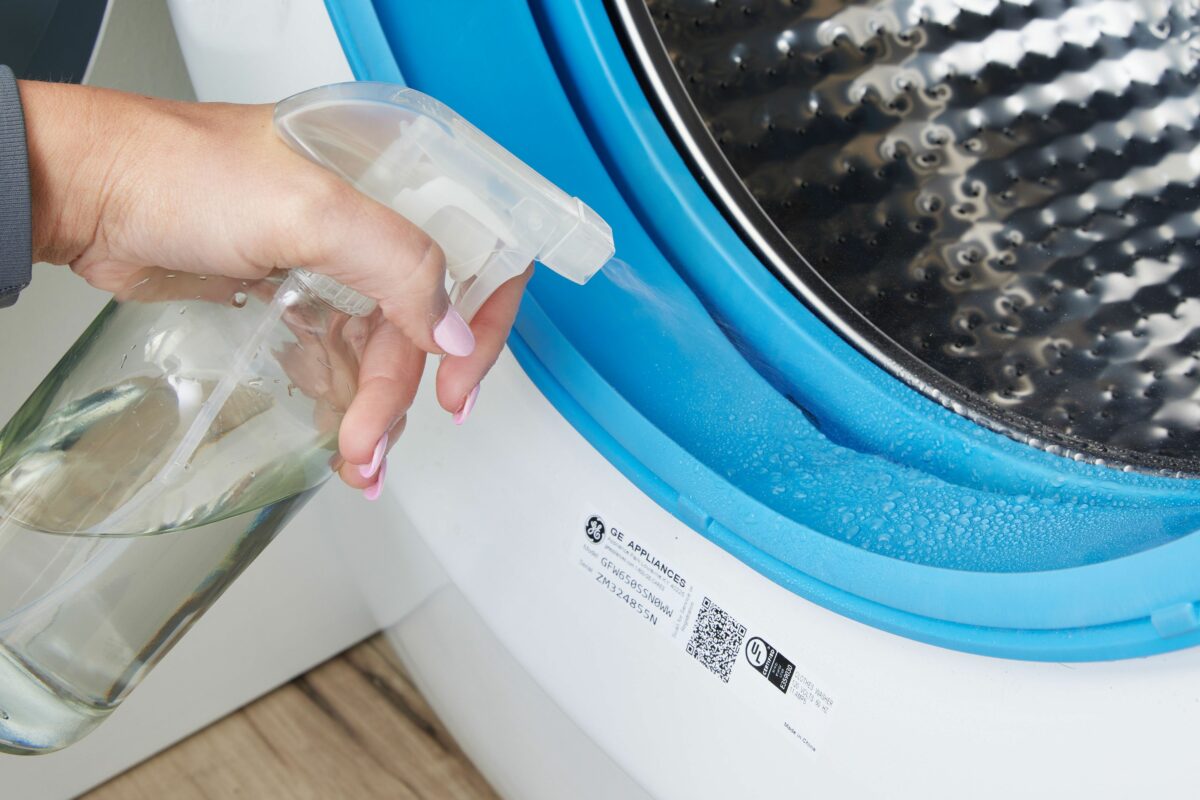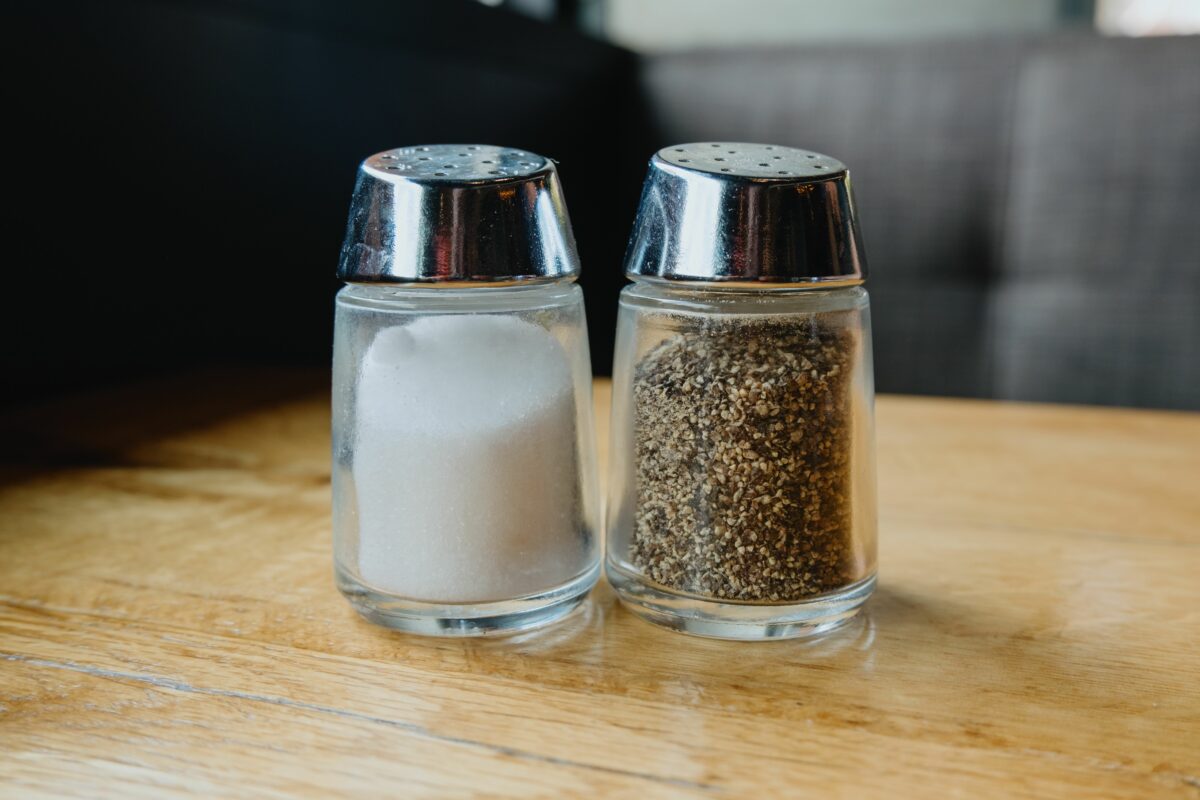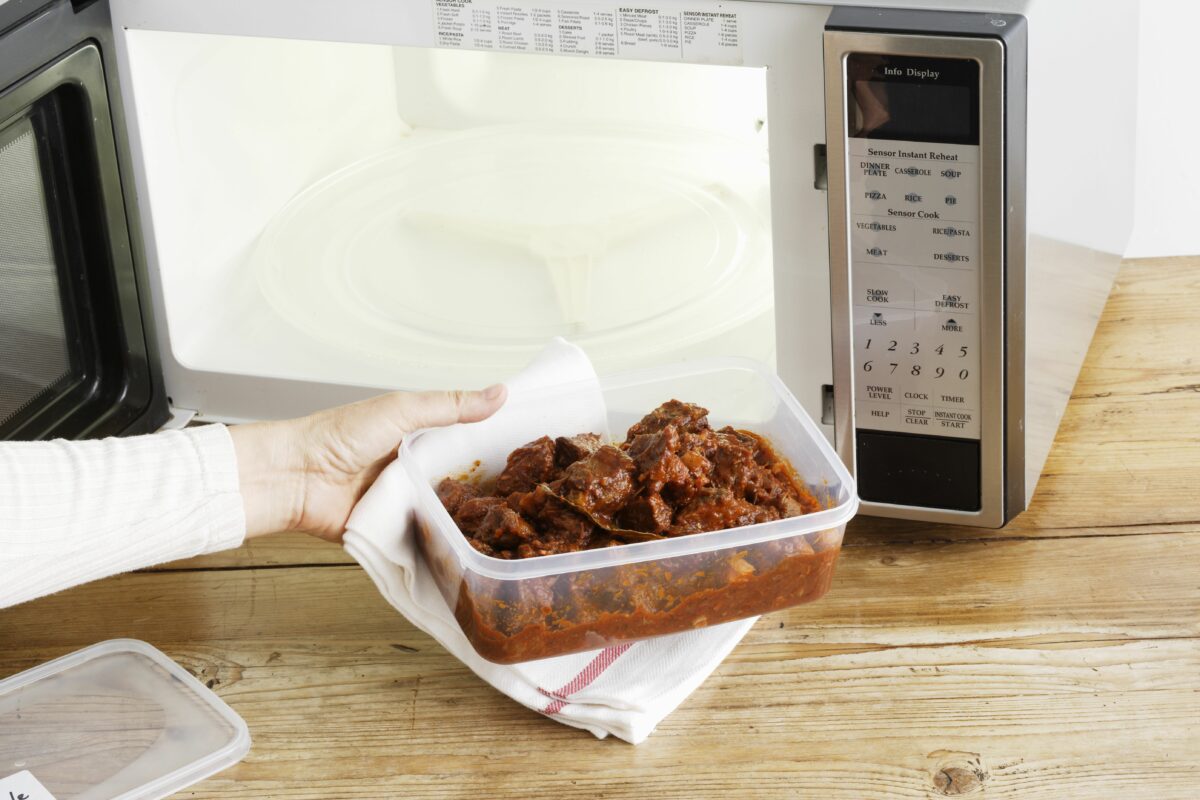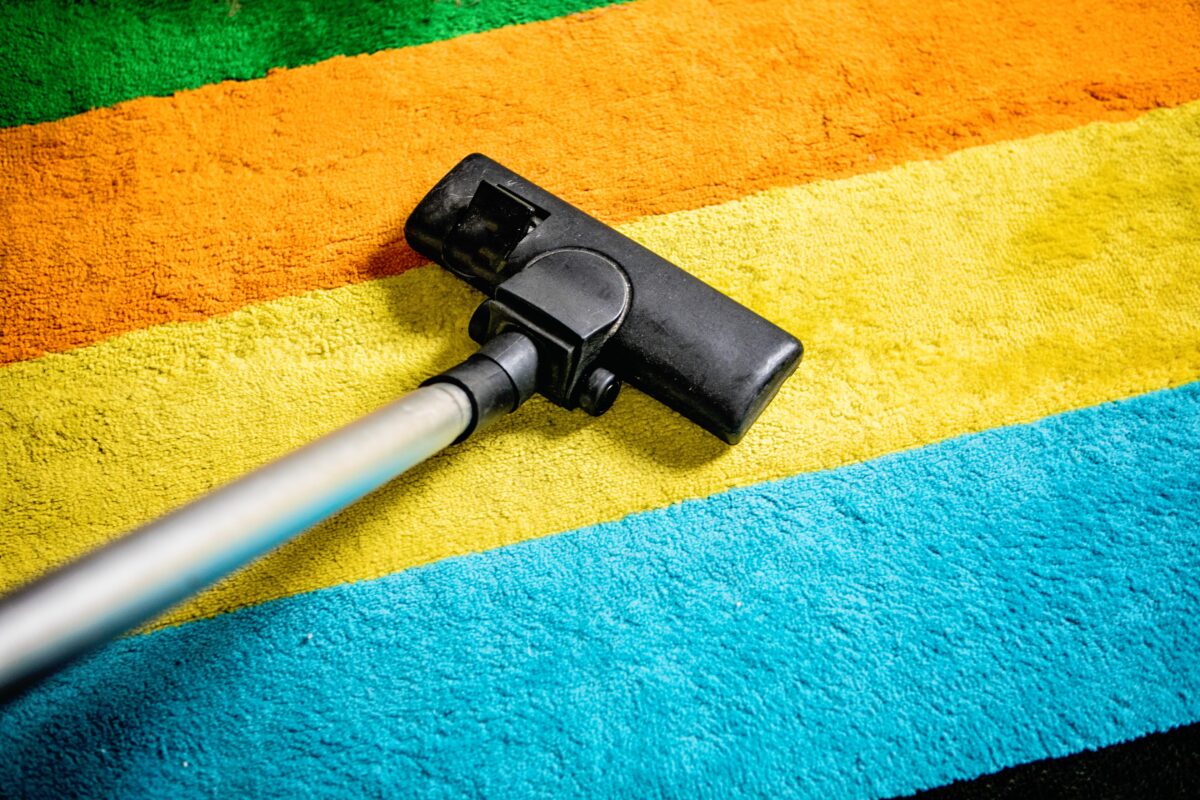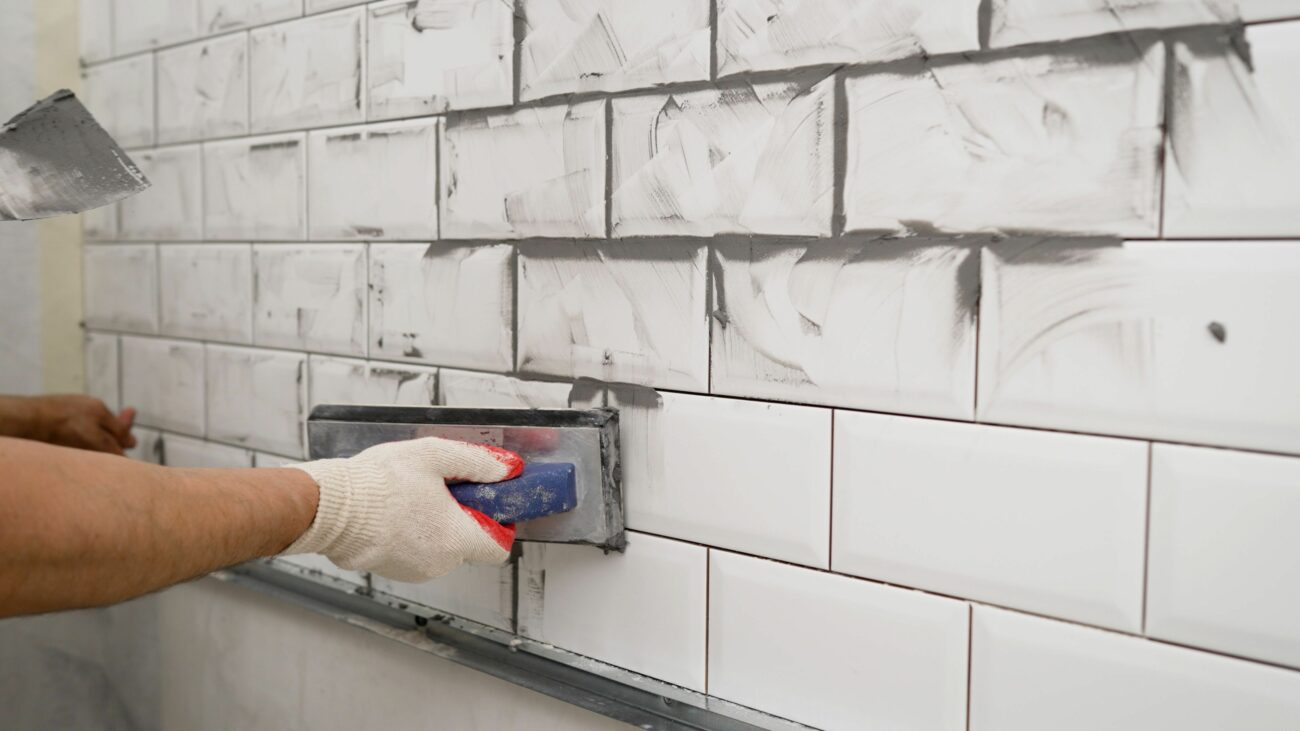Cleaning your home’s carpets can feel like a chore. Although the task might seem simple enough, several common mistakes can harm your carpet. Whether it’s getting the carpet too wet, using the wrong cleaner, or waiting too long to clean up a spill, correcting these small mistakes can keep your carpets looking brand new and cleaner for longer. Here are common carpet cleaning missteps and how to avoid them.
8 Common Carpet Cleaning Mistakes
Building a proper carpet cleaning habit is vital for cleanliness and air quality. Over time, minor care mistakes can end up ruining your carpet. Here are common blunders to avoid:
1. Overwetting
Using too much water to clean a carpet is a common and detrimental mistake. Overwetting can damage its structural integrity. “The water can soak through the pad under the carpet and lead to mold, mildew, or damage to the flooring underneath,” says Christina Giaquinto, a professional organizer and writer of Christina’s Corner at Modular Closets.
2. Not Vacuuming Enough
Not only is it necessary to vacuum before wet-cleaning carpets, but maintaining a regular vacuuming schedule is key to keeping carpet fibers looking new. “Dirt, dust, and debris can wear down carpet fibers over time, so it’s important to vacuum on a regular basis to maintain the carpet’s appearance and longevity,” Giaquinto says.
3. Overusing Deodorizers
Frequently using deodorizers is a potential sign that there’s a larger problem at hand. Tackle the root cause of the smell to keep the rug fresh. “Also, too much deodorizer can lead to residue buildup that attracts even more dirt,” Giaquinto says.
4. Using the Wrong Cleaner
Using cleaning products not designed for carpets can damage the fibers or cause discoloration. Always follow cleaning label instructions and be sure the cleaner is carpet-safe.
5. Not Testing a New Cleaning Product
The worst-case scenario occurs when you use a new cleaner that ends up accidentally discoloring the carpet. “Before trying out a new cleaning product, make sure it won’t cause fading or colors to bleed by testing it out in a hidden area,” Giaquinto says. That way, you’ll know whether it’s safe to use on the entire carpet.
6. Using Too Much Soap
Eyeballing the amount of soap or cleaning solution can result in accidentally using too much. “Using too much shampoo or detergent can leave a residue that attracts dirt,” says Giaquinto. Too little soap won’t properly clean the carpet. Always follow the manufacturer’s instructions on the label to pour the right amount of product.
7. Ignoring Spills
Letting spills sit on a carpet for too long can cause them to set, meaning they could dry and become more challenging to remove. Tackle any accidents or spills as soon as possible to avoid permanent stains or damage to the carpet.
8. Aggressive Spot Treatments
When spills happen, cleaning them immediately is important, but vigorously scrubbing stains can push them deeper into the carpet and cause fraying of the fibers. Instead of aggressive scrubbing, try soaking up the spill using a dabbing motion or use a spot treatment solution like baking soda or a commercial product.
How to Keep Carpet Looking Like New
Proper carpet care and small lifestyle changes can keep carpets looking new and lasting longer.
Vacuuming: When it comes to cleaning, it’s essential to vacuum regularly, at least once or twice a week, in high-traffic areas to prevent dirt or debris from settling into the fibers.
Deep Cleaning: “Deep clean your carpets once a year to eradicate any embedded dirt, stains, and allergens vacuuming won’t reach,” Giaquinto says. Carpet cleaners are available for purchase or rent at many grocery and pet stores.
Use Baking Soda: For carpets with odors, use baking soda instead of a deodorizer. “Simply sprinkle baking soda over your carpet before vacuuming, as it will absorb odors and refresh the carpet fibers,” suggests Giaquinto.
Treat Stains Immediately: Blot (not rub) with a clean cloth or paper towel. Use a spot treatment cleaner or an at-home solution of vinegar and water. Baking soda might also address tough-to-remove spills.
Small Lifestyle Changes: Implement a no-shoes policy to prevent dirt and mud from being tracked onto the carpet. For particularly nice carpets, placing an area rug or runner in high-traffic areas can help, and periodically rearrange the furniture to change the flow of movement in the room. Doing so can ensure parts of the carpet don’t wear out faster than others.




